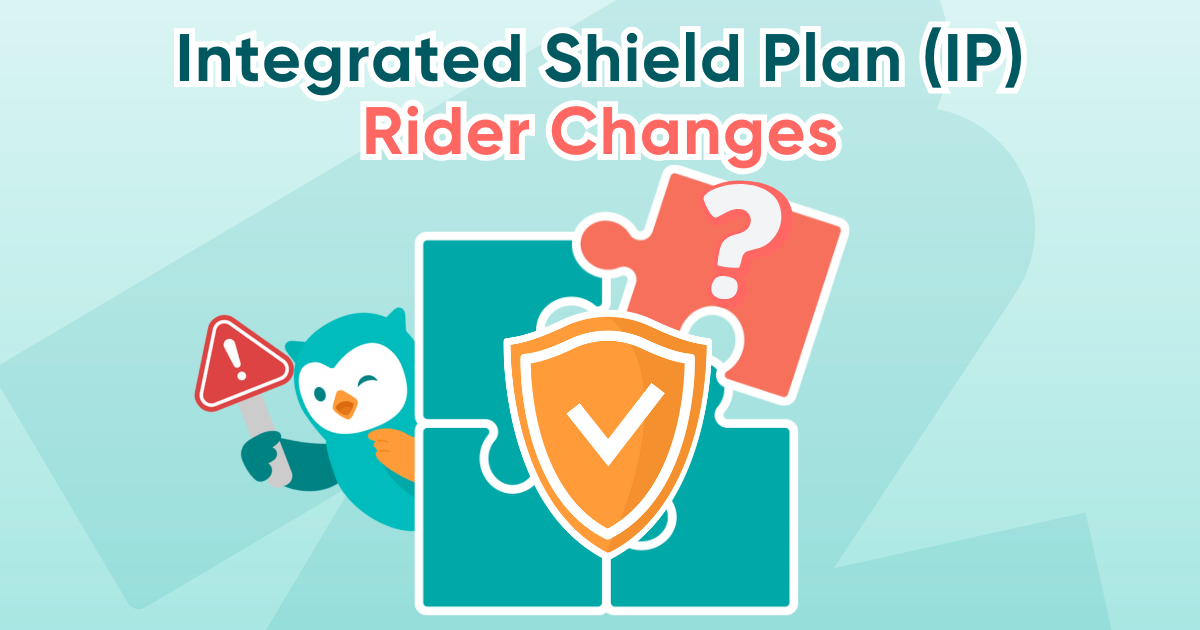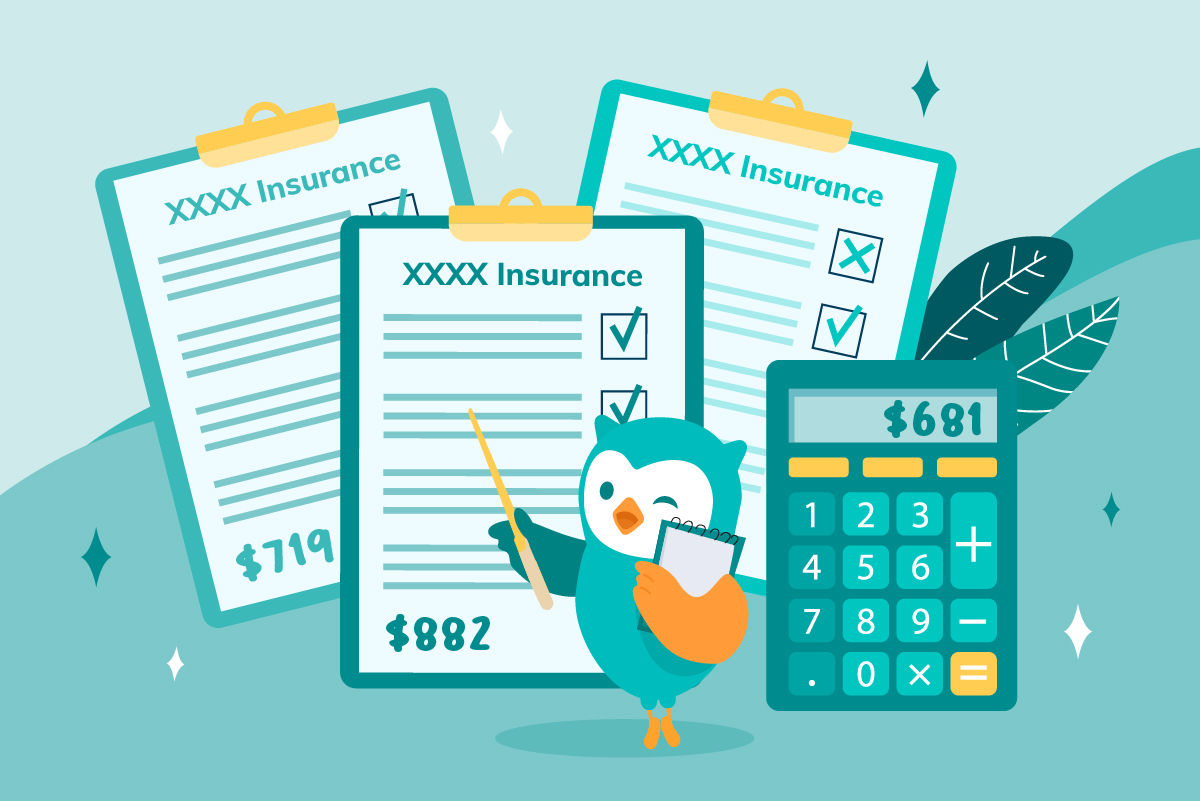By Vivienne Ong
Marketing Lead, MoneyOwl
While most of the online buzz is about Budget 2025 and its payouts, we felt this piece of news couldn’t wait:

“Life insurance sales in S'pore up nearly 20% in 2024, driven by surge in investment-linked plans.”
A personal story: Five years ago, I bought an investment-linked plan (ILP) when I was under pressure to secure health coverage. I was told it was the best way to stay protected while also “getting a return” – that it would “break even over time” and protection will therefore “cost nothing if I hold it for 20 years.”
This was an older “protection ILP”, which meant that more premiums would be allocated to protection over time, and the protection charge would go up as I age. This wouldn’t be cost-efficient in the long-run, as the costs would increase exponentially as I age beyond 50.
With this, here’s what we think about ILPs today, and what you should know before making the purchase:

- Nowadays, most ILPs are “investment ILPs”, also known as 101s.
- Most of the premium is invested into a list of unit trusts that the customer can choose, limited to what’s offered by the insurance company.
- It is called 101, because upon death, you get 101% of your premiums paid, or the value of your policy – whichever is higher.

✔️ For ILPs, upon death, if the value of your investments falls below the premiums paid, you get the 101% of your premiums back. Based on this, we’ve heard that it’s sometimes sold as ‘capital guaranteed (upon death)’ – but this means you risk thinking that ILPs are a low-risk investment.
✔️ But ILPs are not low-risk: that’s because you are exposed fully to the investment risks of the underlying unit trusts you select from your ILP.

1️⃣ You won’t get enough protection with a 101 ILP
- For protection insurance, it’s supposed to provide you with 9x your annual income upon death or total permanent disability. (based on MAS’ Basic Financial Planning Guide)
- But ILPs only cover 101% of your total premiums paid, or the value of your investments – whichever is higher.
- For example, if you were to pass away a few years after you purchase your ILP, the ‘return’ would be nowhere near the 9x annual income needed.
2️⃣ As an investment instrument, the costs for an ILP are very high
- ILPs are very expensive as investment products – you lose a few ‘percentage points’ each year in policy fees before even making a profit.
- The fund management fees for unit trusts inside ILPs are high, usually ranges from 1% – 3% per year.
- The fees are especially high if you compare it against other investment options in the market. One such example is Amundi funds available on POEMS, where fees are as low as 0.10%. Read more about this on OwlInvest#.
#MoneyOwl does not engage in any direct selling.
3️⃣ You lose flexibility with an ILP
- Should you lose a job or face an emergency, you might want to stop investing for a while.
- In the worst emergencies, you might sell some investments.
- ILPs tie you down to the extent that you can’t withdraw should there be emergencies without huge penalties, and there are limits on “premium holidays”.
So before you commit to an ILP, consider all your options carefully.




